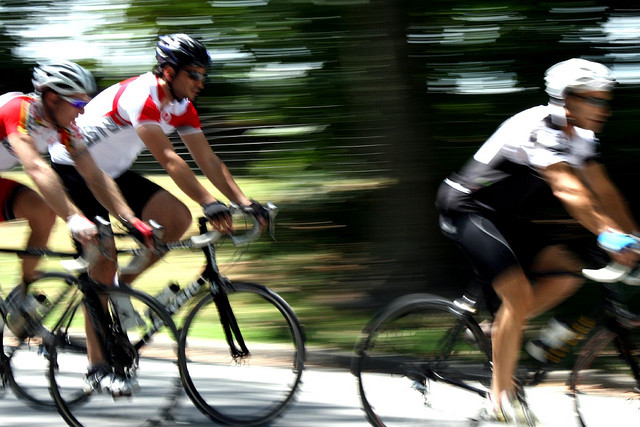We don’t think twice about doing it almost every time when we sell our car. We buy a new vehicle, and help raise some of the cash towards its purchase price by trading in our old one.
In that way, we can usually balance out any pangs of guilt we have at parting with a much-loved old car by the thought that – perhaps after a little attention from a mechanic and
body repair expert – it will have a chance of serving someone else well for at least a while longer.
By ‘recycling’ an old car in this way, we’re also indirectly helping someone who has a smaller budget than ours to be able to enjoy the freedom and flexibility of having their own runabout.
So why is this so much less widespread when we decide to splash out a not inconsiderable sum on a new bicycle?
After all, the benefits are self-evident, and are much the same as those we and a likely new owner will get when we dispose of our previous car.
Now that the environment is becoming a much bigger issue, the ramifications of continuing to send so many of our old machines and equipment to the scrapheap will have to be faced by us all eventually.
So this explains why many local authorities, along with a small number of enterprising private companies, are now running businesses devoted to taking in bicycles which a former owner no longer wants.
Of course, the primary aim of such concerns will be to carry out any necessary restoration work on the bikes which they take in, and
then sell them, complete, at a price which brings having a roadworthy bike – and being able to tap into the environmental and health benefits – within the reach of many more people.
But another option which is opened up to the concerns – whether run on commercial lines or purely as a public service – which take in these ‘retired’ bikes is that some of their components might find another use.
They could therefore be a source of spare parts for someone who wants to carry out some repairs or modifications to their own bike.
Bearing in mind, also, that far fewer bikes are now constructed in the UK than was the case in the past, it could be that some of these parts will be of use to someone
who has an older bike for which the spares are no longer manufactured, nor stocked by any cycle parts retailer.
Whatever parts can be salvaged from an old bike, and regardless of how many owners they might help to keep another bicycle running however, an established and
trusted stockist of leading bike brands and accessories should always be the first port of call when the best quality parts are needed to either replace existing ones, or
to modify an old bike and fit it with more features of use to the rider.
But it nevertheless remains that this is yet another way in which cyclists can show their wish to be as environmentally friendly as possible.
Featured images:
License: Creative Commons
image source
Guest post contributed by Simon Jones, a regular commuting cyclist who competes in several races each year. A fan of halfords.com road bikes.





